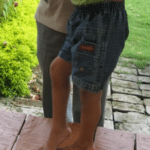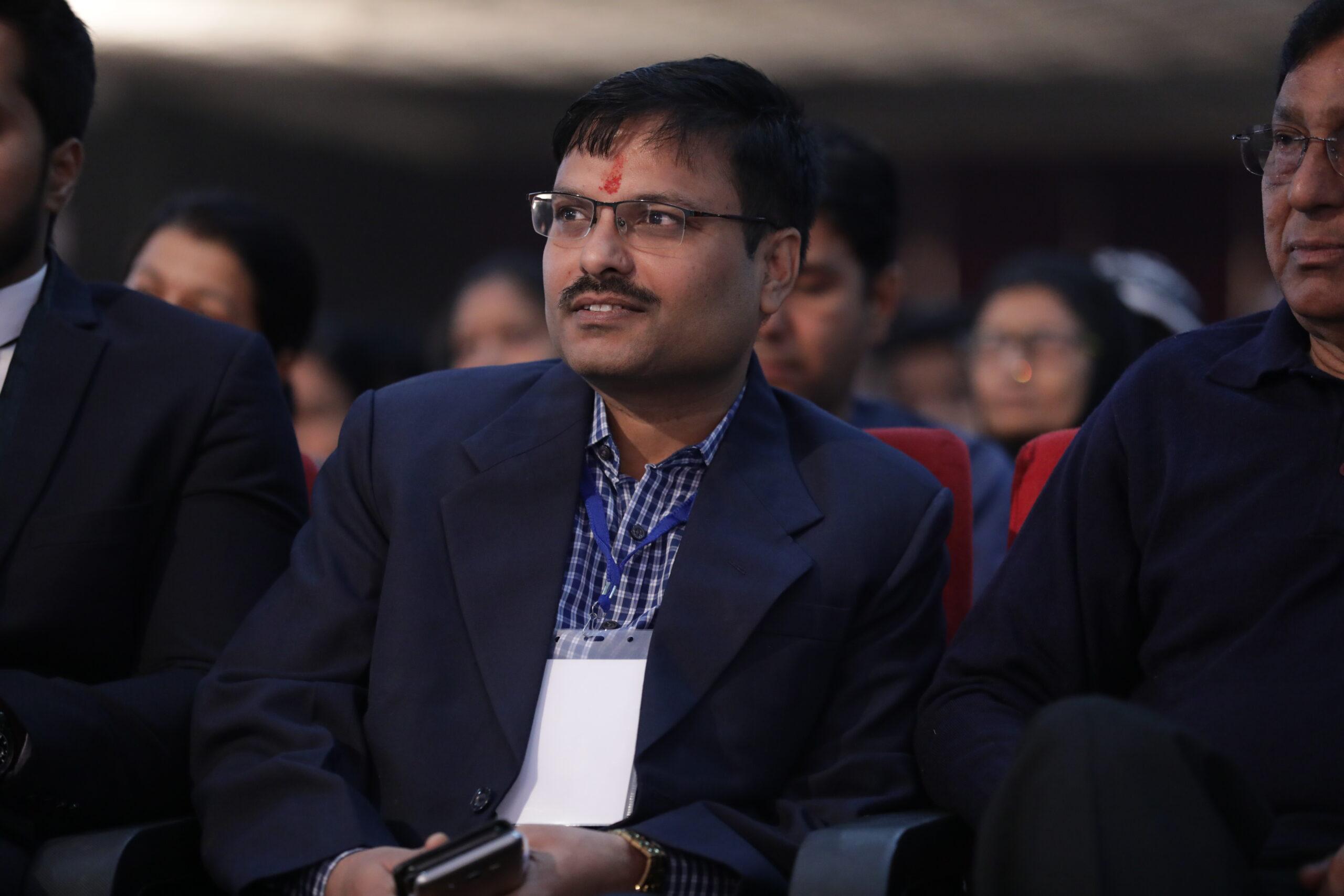Equines gait (Toe Walking) is the commonest deformity in cerebral palsy. In hemiplegic both soleus & gastrocnemius can be tight but in diplegic only gastrocnemius is tight. In jump knee gait along with equines, knee is also bend while walking. Every looking toe walking is not because of muscle shortening, so it is essential to differentiate genuine and apparent toe walking. The cause of toe walking is different in hemiplegic CP (One side of body affection) & Diplegic C P (both side), so treatment is also different in both varieties of cerebral palsy. On the one hand, we should be afraid to go for surgery for equines in diplegic, but in hemiplegic surgery or some other intervention are needed in most of the cases. In the long term, Muscle gets over lengthen in diplegic. So we prefer to prescribe brace and exercise.
Problem: In toe walking child walks on toes of both feet, knee joint is flexed. Some time they may have rotational deformity of leg.
Management Protocol:In early age they are being managed by therapy, brace & botulinum toxin but in later age they need surgical intervention (SEMLOS) followed by therapy & brace.
Authors
-
MS Ortho (PGI Chandigarh) & DNB Ortho, Senior Paediatric Orthopaedic Surgeon, Chairman of Trishla Foundation, India Experience of 20 years in children with orthopaedic problems, cerebral palsy & congenital limb deficiency. Manage more than 1 Lac children with Cerebral Palsy & orthopaedic problem. Member of different Government & non-government organizations. Cerebral palsy children from every state of India & 20 countries are visiting him for expert opinions.
View all posts -
MBBS, MD (Community Medicine), PhD Public Health Secretary, Trishla Foundation, 15 years experience in counselling & guidance to parents of children with cerebral palsy
View all posts



